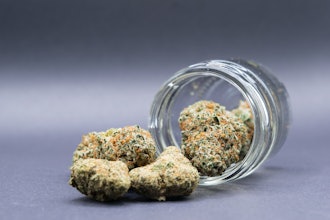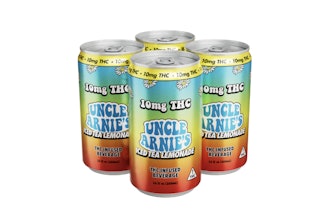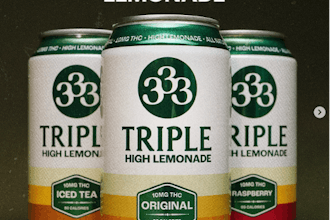
We all know the significance of packaging in cannabis goes beyond the containment of products. One purpose is to safeguard these products from potential contaminants that can reduce their potency, safety, and shelf life. Another is to ensure that each product complies with state and federal regulations with proper labeling and even child-resistant technology. And I’d be remiss not to mention how a killer design can effectively convey a brand’s values and make its products stand out in a crowded market.
But with the rapid growth of the cannabis industry, there has never been a more pressing need for efficient, consistent, and safe packaging. This begs the question: Is manual packaging sufficient today? This is especially important to consider when automation technologies currently in the market can spin out double or triple the number of packaged goods that a team of 5-12 people can produce in a day.
It’s a critical conversation: manual packaging vs. automated packaging systems. What are the pros and cons of both? Should the industry stick to traditional packaging methods, or embrace new technology and implement automated packaging systems?
Manual Packaging Pros & Cons
The manual packaging of cannabis products can truly be the catalyst for cool-looking products. But it’s also labor intensive, costly, and inefficient. After all, humans are not perfect, and, as such, hand-packaged products often have inconsistencies like crooked labels or broken seals.
A more significant issue is the number of outputs a manual packaging team can produce. A handful of people could probably produce 2,500 packaged products per day. But what happens when the business needs to scale to meet customer demand and produce greater quantities? The only way to scale manually is to add more staff, which skyrockets labor costs.
Pros:
- A hands-on approach to packaging can offer a unique boutique appeal.
Cons:
- It’s a slow, error-riddled process due to the variability of human performance.
- Escalated labor costs and potential for employee health risks.
- Production rates can fluctuate, making output forecasts challenging.
- It’s difficult to scale without incurring additional labor costs.
Automated Packaging Pros & Cons
Packaging automation is sometimes wrongfully criticized based on misconceptions. For instance, some people claim automation reduces product quality by damaging delicate trichomes. But that couldn’t be further from the truth. Because, in actuality, modern automation technology minimizes trichome damage.
Automated packaging machines can integrate with quality assurance systems where sensors and cameras can detect anomalies. What better way to ensure product quality and consistency?
It’s also often assumed that automation is expensive. The truth is that while initial investments are significant, automation offers long-term cost efficiencies, scalability, and consistent output, making a significant return on investment (ROI) in the long run.
Pros:
- Increases efficiency, output, and scalability.
- Eliminates errors and improves quality assurance.
- Incites a high ROI.
- Ensures product compliance and consistency in weight, labeling, and sealing.
- Enables the reallocation of labor to more value-adding tasks.
Cons:
- The initial investment can be costly.
 The LeafyPack horizontal flow pack machine is used to pack edibles, like cookies, biscuits, bars and taffy. The Pack 520 can wrap up to 80 bags per minute.LeafyPack
The LeafyPack horizontal flow pack machine is used to pack edibles, like cookies, biscuits, bars and taffy. The Pack 520 can wrap up to 80 bags per minute.LeafyPack
The Verdict
The cannabis industry now faces a pivotal choice: to cling to traditional manual methods or to embrace the future with automation. Automated packaging systems wield many benefits that manual packaging systems could never achieve. These benefits are vital to the longevity and scalability of any cannabis manufacturer.
Thus, over time, choosing between manual or automated packaging systems will no longer be an option. Instead, cannabis businesses will need to implement automation to remain competitive in today’s maturing cannabis industry.
Alain Vo is the CEO of LeafyPack, an innovative automation machinery supplier for the cannabis industry. Vo has spearheaded advancements in packaging technologies over the past five years. He focuses on enhancing output speeds and integrating innovative features while upholding world-class service standards.























